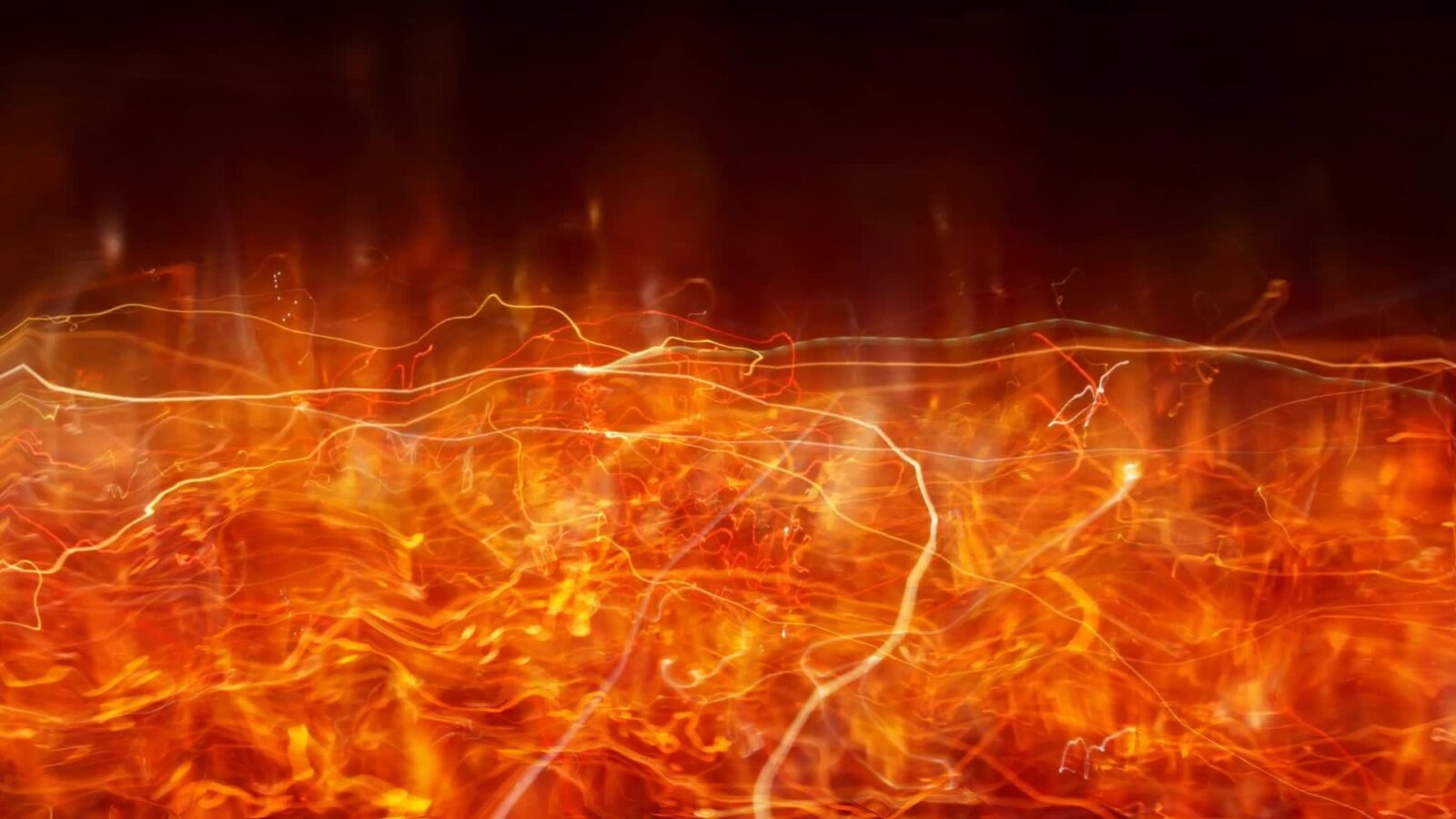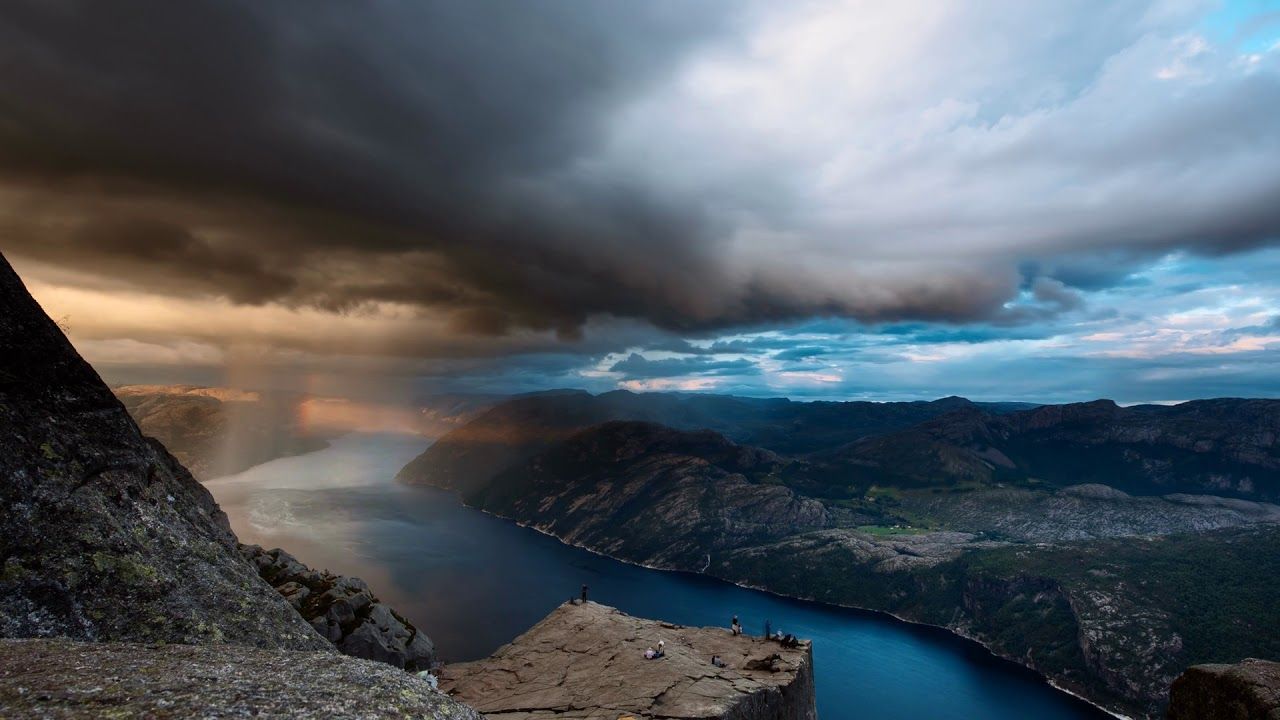
This is a modal window.
Volcanic eruptions are among the most captivating and powerful natural phenomena on Earth. They exhibit the raw force of our planet’s geology, reshaping landscapes and leaving behind a remarkable testament to the Earth’s fiery core. At the heart of these eruptions lies a trio of fascinating elements: volcanic rock, sparks, and lava.
Volcanic rock, also known as igneous rock, originates from the cooling and solidification of molten material, which is commonly referred to as magma. This rock is formed through volcanic activity, either through volcanic eruptions or by the slow cooling and solidification of magma deep within the Earth’s crust. The composition of volcanic rock varies, but it typically contains minerals such as basalt, andesite, or rhyolite. These minerals give volcanic rock its distinctive appearance and characteristics.
During volcanic eruptions, sparks can be observed shooting out from the volcano’s crater. These sparks are a result of the intense heat and pressure generated by the rising magma. As magma reaches the surface, it comes into contact with the cooler air, causing it to rapidly expand and rupture. This process creates explosive volcanic activity and launches hot fragments of molten rock into the air. These fragments, known as volcanic sparks or volcanic bombs, can travel great distances, propelled by the force of the eruption. The sparks can reach temperatures high enough to melt objects in their path and ignite fires, presenting a significant hazard to surrounding areas.






